The Art of Medicinal Dyes
Infuse the healing potential of plants into your fabric & clothing
It’s no secret that plants are full of healing properties...
What if we could infuse fabric not only with nature’s vibrant colours, but also with these medicinal qualities?
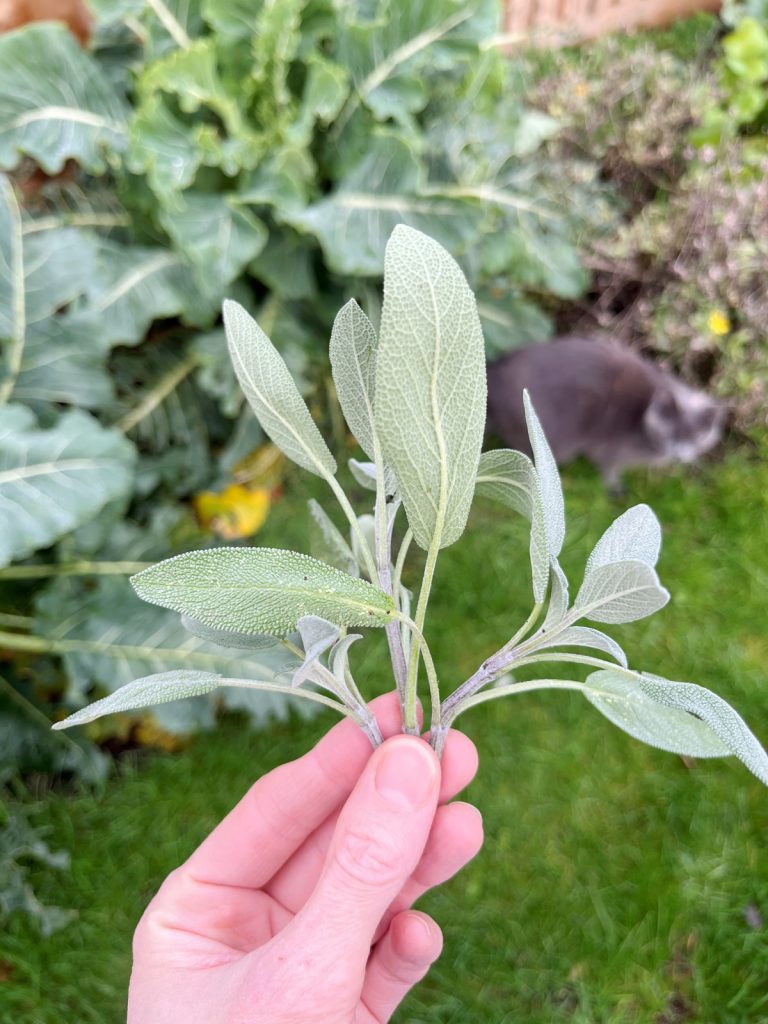
Are you –
If you nodded along to any of those, then I suspect you’ll like this...
Introducing...
The Art of Medicinal Dyes
Learn about the history of healing herbal dyes from around the world, and how you can create your own naturally dyed, herbal-infused fabric.
Plus learn how to dye with indigo, which is actually a herbal dye with many healing benefits.
Every landscape has healing plants, so you’ll be able to follow my herbal recipes no matter where you live in the world.
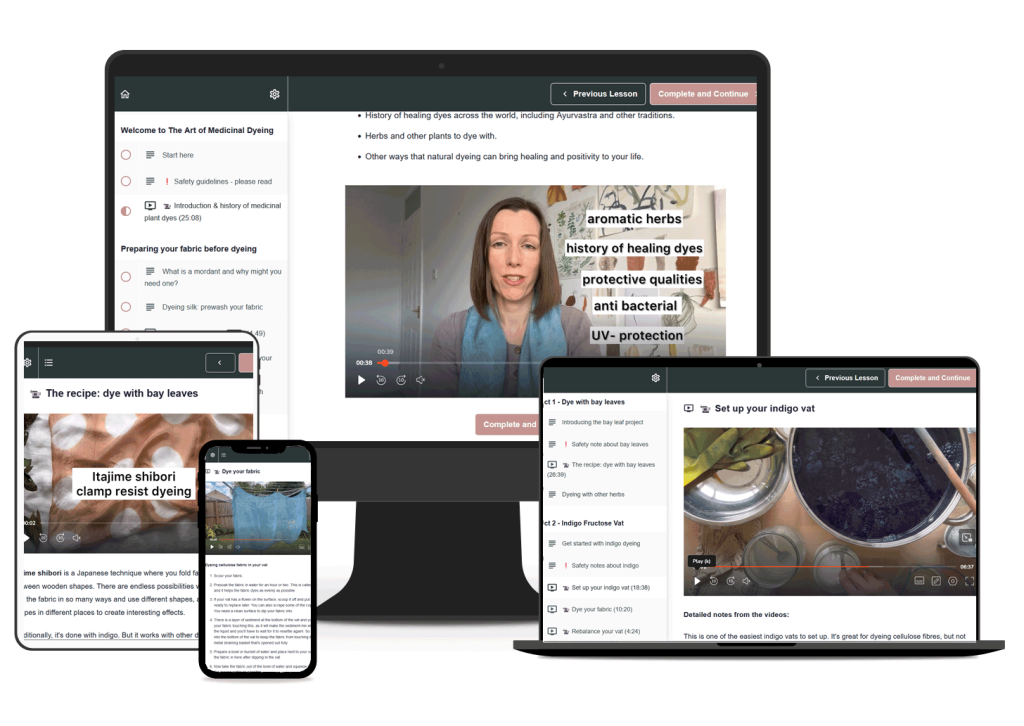
Lovely words from a student
I love the way Rebecca makes it easy and playful ! A happy, beautiful way to explore your creativity and the wonderful world of natural dye. Such an amazing, cheerful, reconnecting pause. Thank you Rebecca for your kind and generous way of sharing your craft.
– Valérie
Preview the course
What you’ll learn
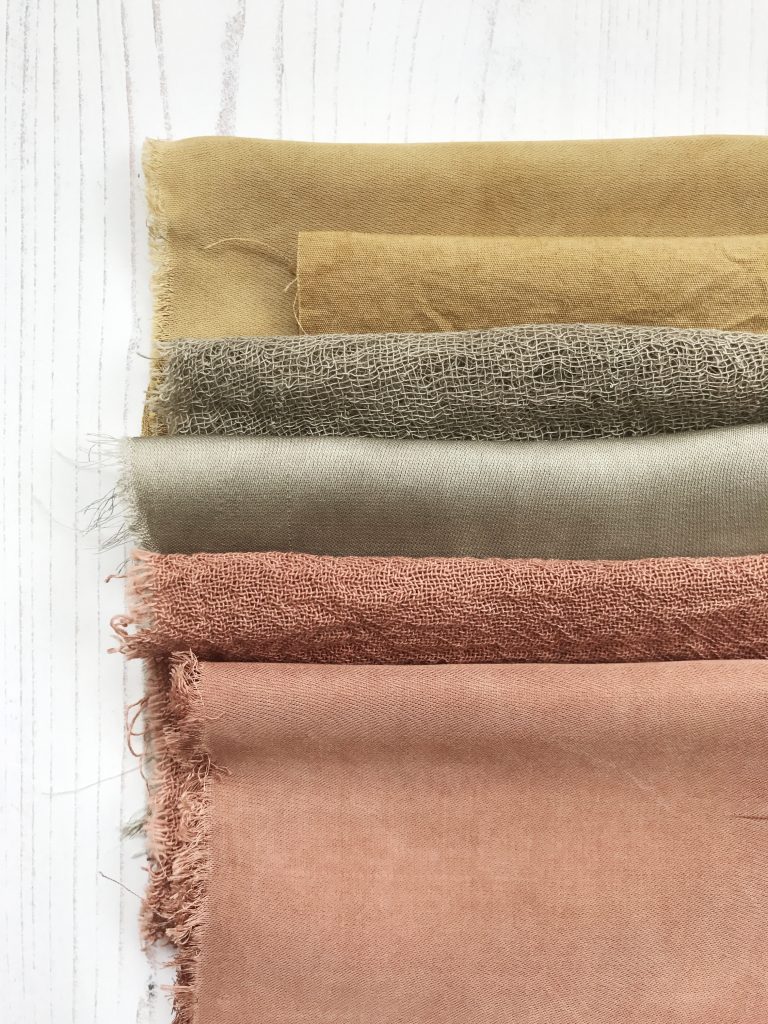
Healing & protective dyes
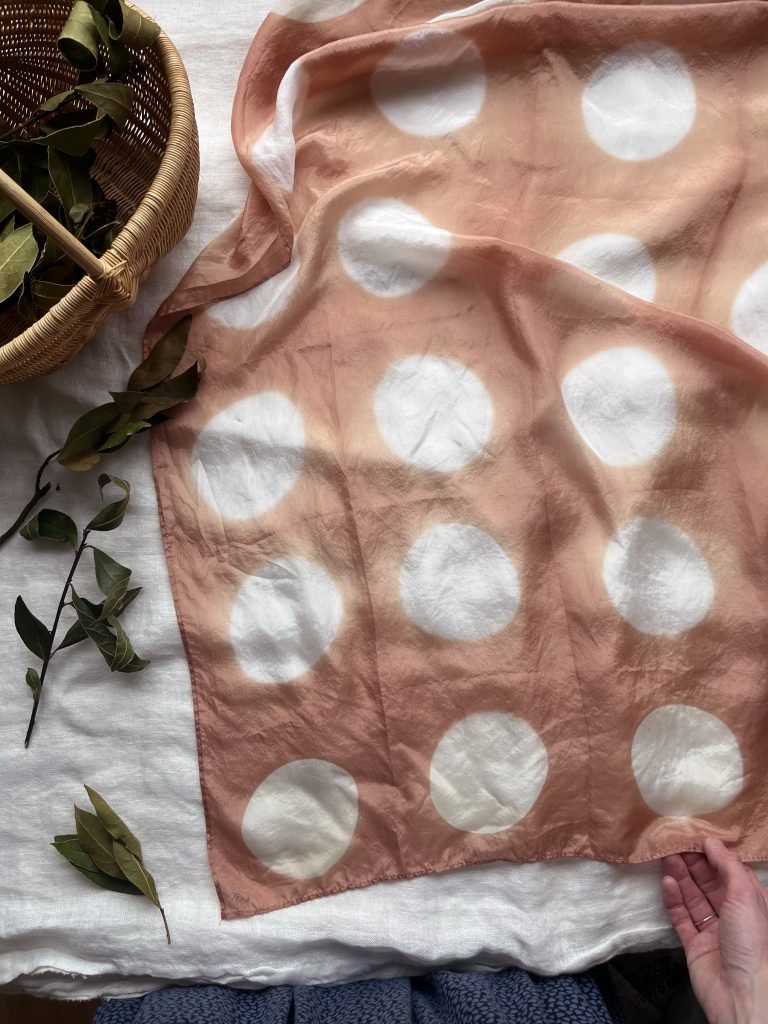
Dye with bay leaves & other herbs
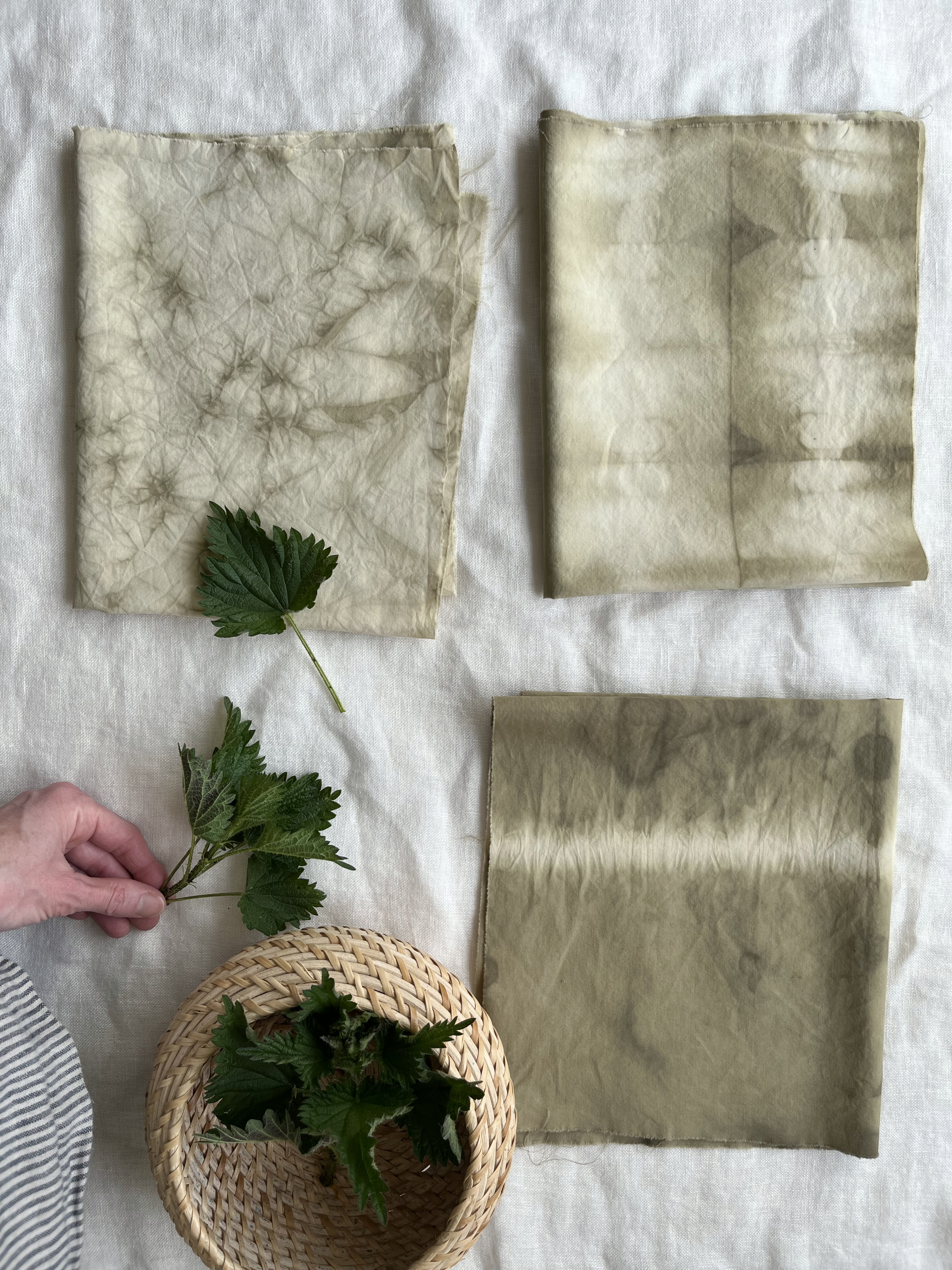
Dye with nettles
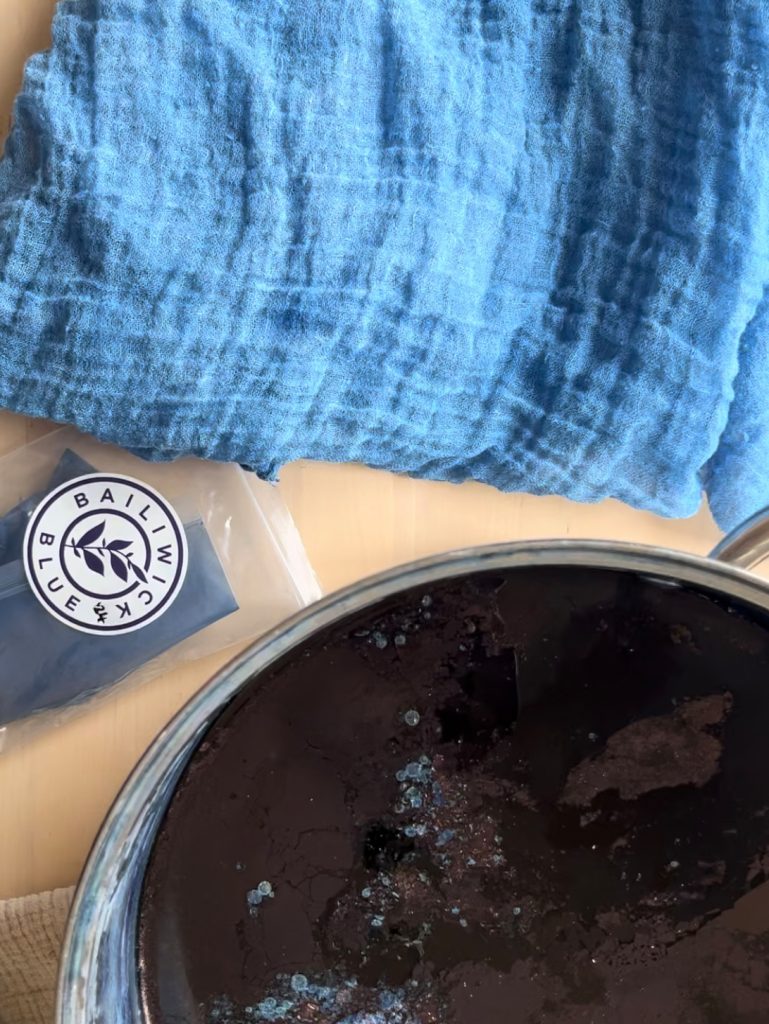
Dye with indigo
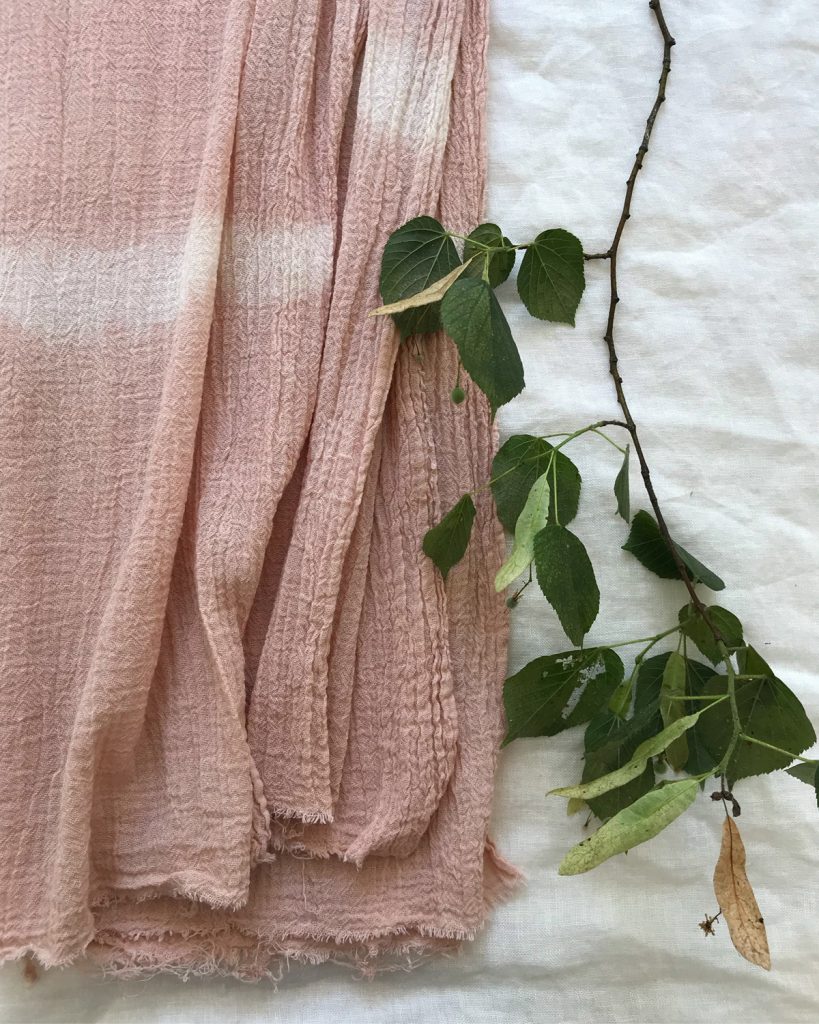
Learn about the other benefits of natural dyeing & crafting
Grab your basket and let’s take a stroll...
We’ll pick bay leaves, maybe gather some lavender, then come home to brew a fragrant pot of dye.
I’ll show you how to extract dyes from your local plants and herbs, so you can create gentle colours through the seasons.
“Let us give nature a chance; she knows her business better than we do.”
– MICHEL DE MONTAIGNE (1533 – 1592).
Everything you need to harness the full potential of herbal dyes:
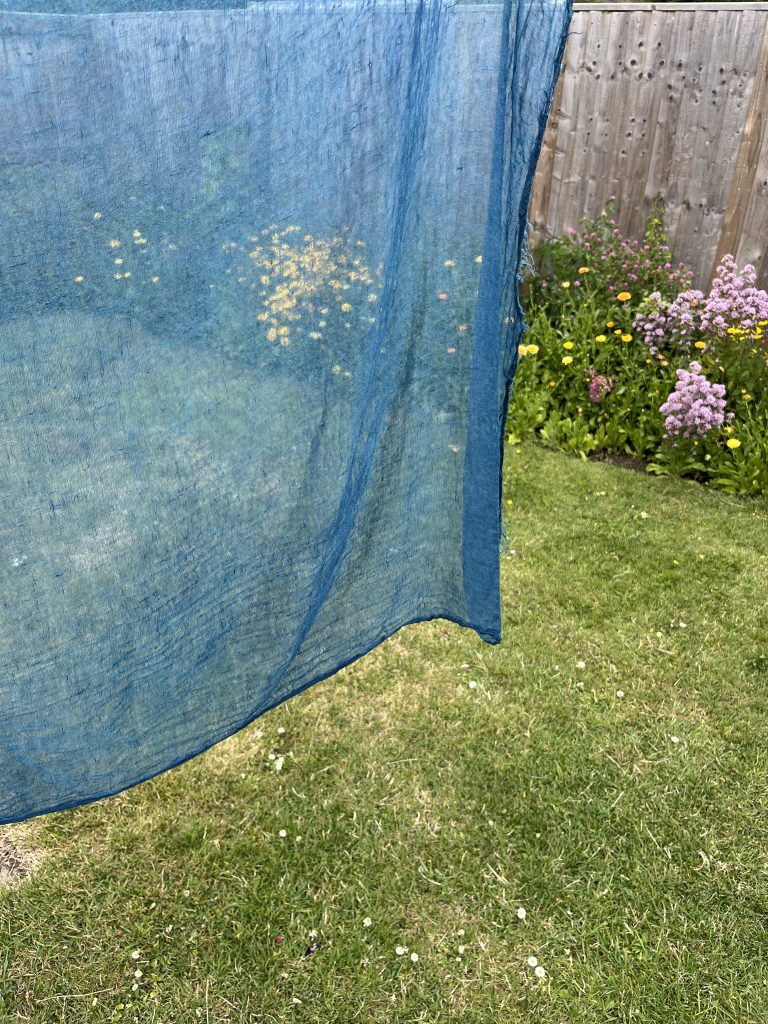
Lovely words from a student
“I love making my clothing from scratch and this incredible course has given me not only insight into dyeing, but how to achieve my goals without breaking the bank. The step-by-step process is very easy to understand especially for a beginner. I will be looking forward to more courses from Rebecca.“
– CHRIS
Natural dyeing is such a special way to get out and really connect with your surroundings.
In this course, you’ll see the world through fresh eyes—spotting dye potential in places you’d never expect.
Plus, there’s something so soothing about working with your hands and using plants that have healing properties. It’s a double dose of therapy, both from nature and the craft itself!
Explore herbal colour...
enrol today
£57
Meet your instructor
Hi, I’m Rebecca!
Over the last decade, I’ve taught thousands of people natural dyeing via my books and online courses.
Years ago, I started off dyeing with powdered dye extracts that I bought online. Although these were beautiful, I longed to feel more of a connection to my local environment.
Then, everything changed when I became a mother. I’d go on long walks with my baby and return with my pockets stuffed full of plants. Alder cones and dandelions were some of the first local dyes I tried.
Then, as my son got older, he would help me forage for plants too. Together, we learnt about the different trees, herbs and “weeds” growing around us. A lot of sweet memories were captured on cloth.
I realised that I didn’t need to spend money on dyes, as I had an array of beautiful dye plants right on my doorstep.
Then the next step was to delve in and explore dyeing healing fabric. There were two aspects to this: healing fibres to wear on the body, and the healing nature of the craft that has brought me so much joy and peace over the years.
Ever since then, I’ve been on a journey of discovery in search of new colours from my local plants. There’s always something new to discover from nature.
Join me in my studio where I share my dyeing secrets and inspire you to unlock the colour from the plants around you.
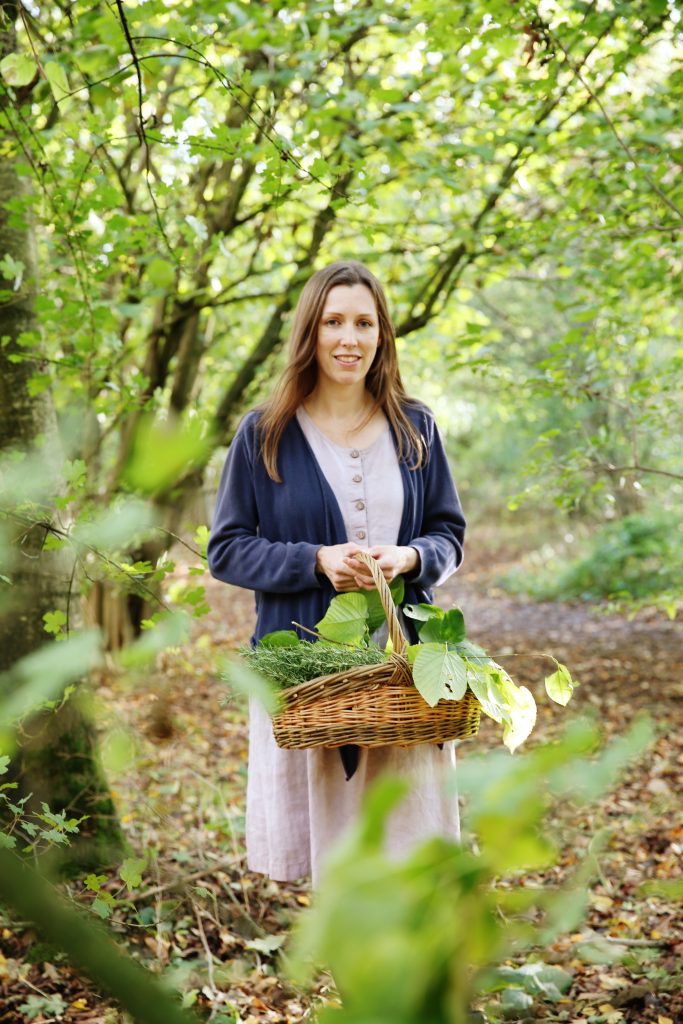
Enrol for £57, with lifetime access
Frequently Asked Questions
Lovely words about my courses…
“I have quite a few of Rebecca’s natural dye courses and they’re all so full of content and information. Rebecca is beyond generous with what she provides in her courses. She shows how to mordant and many courses have extra information – such as the ‘Art of Medicinal Dyes’ shows Japanese Shibori along with the dyeing techniques.
I love the way that Rebecca gives very clear step-by-step instructions (both written and videos). It’s perfect for beginners to step into the wonderful world of natural dyeing. But the way that Rebecca shares her work and processes means that intermediate dyers will get lots of different methods to try as well.
Each course is perfect on its own, but if you decide to delve into all her courses you’ll build up your library and understanding of dyeing with so many different plants and vegetables. I think of Rebecca as the queen of avocado dyeing!”
– Ellie Beck, textile artist & educator

This course is for you if:
This course is NOT for you if:
Are you ready to join me and learn how to harness the full potential of herbal dyes?
Join for £57
Disclaimer
Nothing in this course claims to heal or cure any illness or health condition. It’s for information and enjoyment purposes only. I’m simply presenting various studies and historical uses of dyes, and teaching you how to dye with plants. You can use this as a starting point for your own explorations.